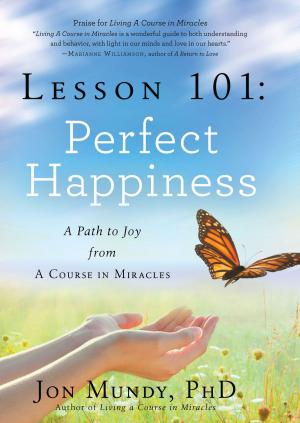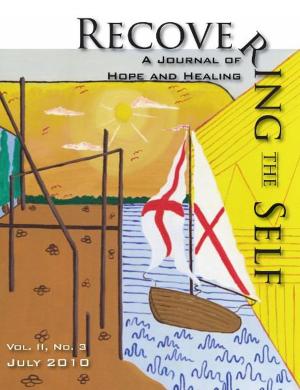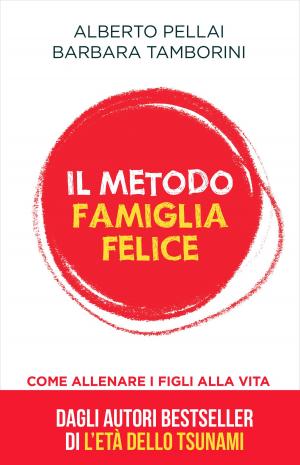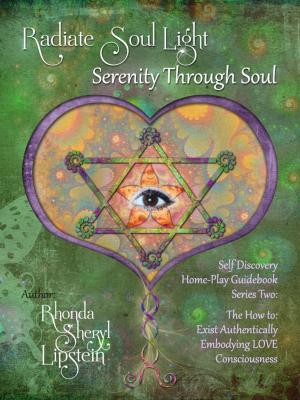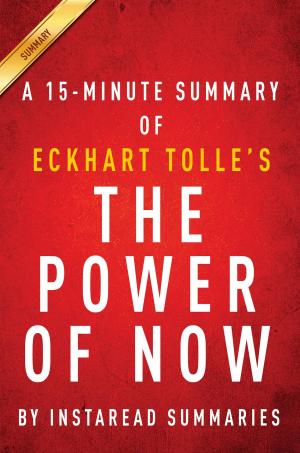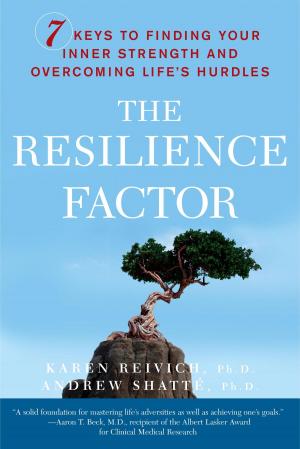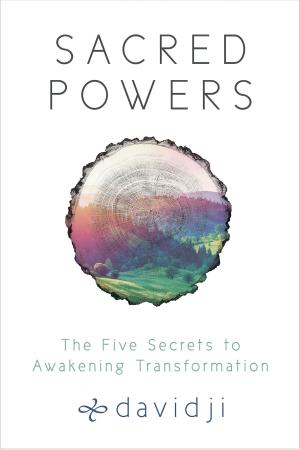Art of Stress-free Living: Eastern and Western Approach
Nonfiction, Health & Well Being, Self Help, Mental Health, Happiness| Author: | Dr. Sukhraj Dhillon | ISBN: | 9781458113931 |
| Publisher: | Dr. Sukhraj Dhillon | Publication: | February 7, 2011 |
| Imprint: | Smashwords Edition | Language: | English |
| Author: | Dr. Sukhraj Dhillon |
| ISBN: | 9781458113931 |
| Publisher: | Dr. Sukhraj Dhillon |
| Publication: | February 7, 2011 |
| Imprint: | Smashwords Edition |
| Language: | English |
“Art of Stress-free Living: Eastern and Western Approach” is a practical guide that combines various stress treatment approaches that have been recognized for centuries by faith healers and meditation experts, and are now accepted by modern medical practitioners. This is the first book of its kind, combining ancient Eastern wisdom and modern Western scientific knowledge.
This guide can save you from going to expensive seminars and other programs offered in physicians' offices, spas, schools or retirement centers. You don’t need to go to an ashram in India or University “wellness” centers; because this book provides various relaxation techniques that you will be able to follow yourself.
What is called “Sudarshan Kriya” by new age gurus is a cycle of breaths—long, medium and short. Not only breathing patterns influence our emotions, the breath is in the present and is used to "rope in the wandering mind" that oscillates wildly between the past and the future. You will learn how the breath being in the present can be used to "rope in the wandering mind". Like Zen masters who teach that the present moment is a chink opening into eternity, this guide describes in detail “THE POWER OF NOW- ZEN BUDDHISM APPROACH.”
This guide also takes into account the positive (pre-distress/eustress) aspects of stress.
The introduction to “Art of Stress-free Living” starts with a quote by Dr. Redford Williams, Duke University: “Diet and exercise alone are like a two-legged stool. It's more stable with the third leg, stress management.” However, the author goes even further that for healthy heart stress management is even more important than weight control and lower cholesterol. Dr. Dhillon observes that his stressed friends who were not overweight, had normal cholesterol ended up with bypass surgery, whereas those who are overweight but with low stress level did not need bypass surgery so far (in their mid-sixties now). He provides various studies and statistics on “high cost of stress” in terms of health as well as wealth. The studies show sixty to 90 percent of all doctor visits involve stress-related complaints.
The book consists of six chapters each representing an independent topic: chapter 1, Mind-Body Connection; Chapter 2, Stress Management Approaches; Chapter 3, Mental Relaxation Approaches to Stress; Chapter 4, How Breathing Affects Stress; Chapter 5, The Value of Spiritual Living; Chapter 6, The Power of Now: Zen Buddhism Approach. The chapters precede by introduction, and are followed by Glossary, References, and Notes.
After establishing mind-body connection in chapter 1, the next chapters 2, 3, 4, 5, 6 cover various approaches to stress management. However, before dealing with purely stress-management approaches, author does discuss in chapter 2 various sources of stress and stress symptoms. This chapter also gives a graph where you can determine your stress-level.
In addition to common sense approaches to routine stress, under specific stress-management approaches are discussed “Medical Approaches” and “Non-Medical alternatives.” Nutritional approach, exercise, sleep, a change of routine, financial planning, and communication are among various other means of handling stress. The author introduces relaxation techniques to be followed in detail later in the next chapters.
Chapter 6 scientifically evaluates the Zen Buddhism approach to relieve stress. Enlightenment, emotion, psychological pain are included in this chapter. Dr. Dhillon, who is uniquely qualified to present a synthesis of Eastern and Western stress-management approaches, goes in detail about the power of now in this chapter. In this chapter, he also covers general suggestions based on Zen Buddhism
“Art of Stress-free Living: Eastern and Western Approach” is a practical guide that combines various stress treatment approaches that have been recognized for centuries by faith healers and meditation experts, and are now accepted by modern medical practitioners. This is the first book of its kind, combining ancient Eastern wisdom and modern Western scientific knowledge.
This guide can save you from going to expensive seminars and other programs offered in physicians' offices, spas, schools or retirement centers. You don’t need to go to an ashram in India or University “wellness” centers; because this book provides various relaxation techniques that you will be able to follow yourself.
What is called “Sudarshan Kriya” by new age gurus is a cycle of breaths—long, medium and short. Not only breathing patterns influence our emotions, the breath is in the present and is used to "rope in the wandering mind" that oscillates wildly between the past and the future. You will learn how the breath being in the present can be used to "rope in the wandering mind". Like Zen masters who teach that the present moment is a chink opening into eternity, this guide describes in detail “THE POWER OF NOW- ZEN BUDDHISM APPROACH.”
This guide also takes into account the positive (pre-distress/eustress) aspects of stress.
The introduction to “Art of Stress-free Living” starts with a quote by Dr. Redford Williams, Duke University: “Diet and exercise alone are like a two-legged stool. It's more stable with the third leg, stress management.” However, the author goes even further that for healthy heart stress management is even more important than weight control and lower cholesterol. Dr. Dhillon observes that his stressed friends who were not overweight, had normal cholesterol ended up with bypass surgery, whereas those who are overweight but with low stress level did not need bypass surgery so far (in their mid-sixties now). He provides various studies and statistics on “high cost of stress” in terms of health as well as wealth. The studies show sixty to 90 percent of all doctor visits involve stress-related complaints.
The book consists of six chapters each representing an independent topic: chapter 1, Mind-Body Connection; Chapter 2, Stress Management Approaches; Chapter 3, Mental Relaxation Approaches to Stress; Chapter 4, How Breathing Affects Stress; Chapter 5, The Value of Spiritual Living; Chapter 6, The Power of Now: Zen Buddhism Approach. The chapters precede by introduction, and are followed by Glossary, References, and Notes.
After establishing mind-body connection in chapter 1, the next chapters 2, 3, 4, 5, 6 cover various approaches to stress management. However, before dealing with purely stress-management approaches, author does discuss in chapter 2 various sources of stress and stress symptoms. This chapter also gives a graph where you can determine your stress-level.
In addition to common sense approaches to routine stress, under specific stress-management approaches are discussed “Medical Approaches” and “Non-Medical alternatives.” Nutritional approach, exercise, sleep, a change of routine, financial planning, and communication are among various other means of handling stress. The author introduces relaxation techniques to be followed in detail later in the next chapters.
Chapter 6 scientifically evaluates the Zen Buddhism approach to relieve stress. Enlightenment, emotion, psychological pain are included in this chapter. Dr. Dhillon, who is uniquely qualified to present a synthesis of Eastern and Western stress-management approaches, goes in detail about the power of now in this chapter. In this chapter, he also covers general suggestions based on Zen Buddhism


